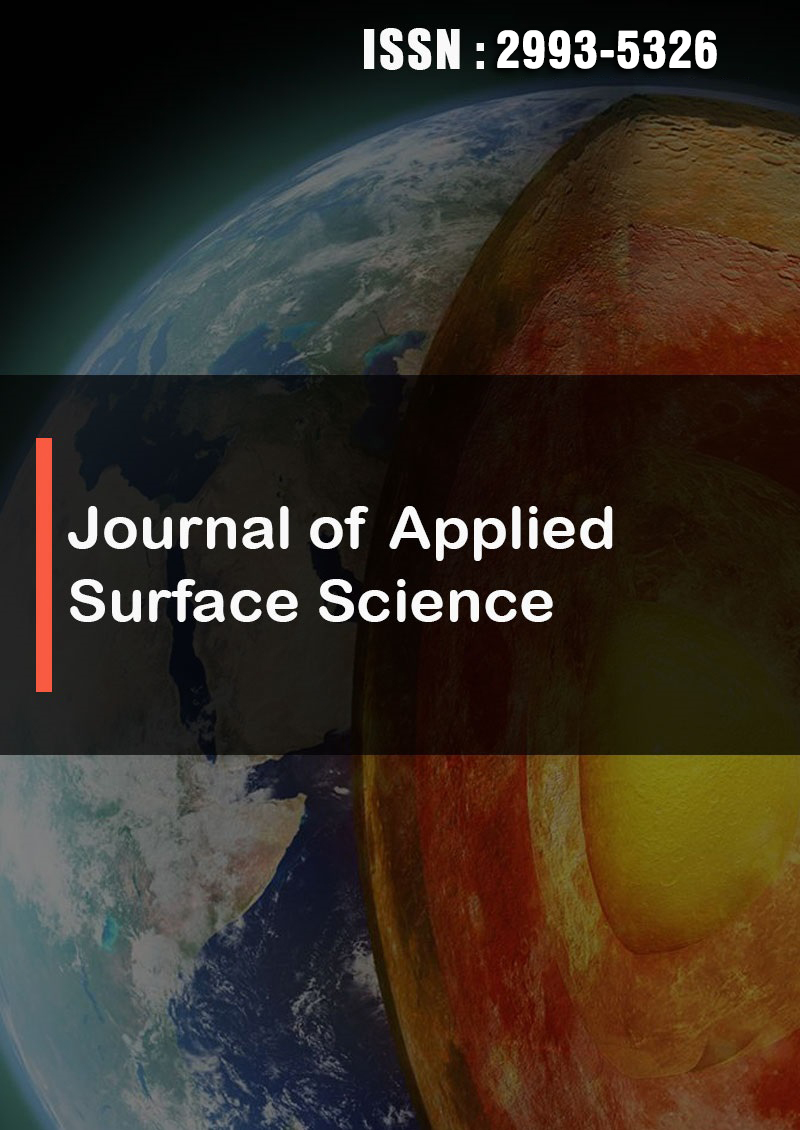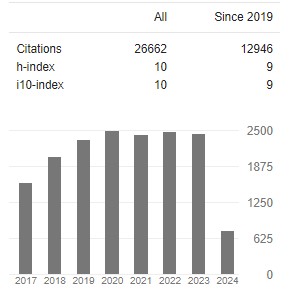Application of Dispersion and Selective Flocculation Techniques in the Reduction of Ash from High Ash Coals
Abstract
Sugali Chandra Sekhar
The present paper describes the results of dispersion and selective flocculation studies to reduce ash from high ash (≥ 35%) coals from Kuju mines and Chitra mines which represents coking and non-coking coals, respectively.The effect of process pa- rameters namely pH , pulp density(PD), regent dosage on the suspension index(of ash) were studied. In the dispersion studies, the suspension of fine raw coal particles was destabilized to effect the separation by density difference of coal and ash constit- uents. Sodium hexa meta phosphate, tetra sodium pyro-phosphate and dispersant N6- a low mol.wt. poly-acrylamides supplied by SNF Floerger INC., were used as dispersant. In the selective flocculation studies, destabilized / conditioned samples (using the dispersant mentioned above) at desired Ph was selectively flocculated using starch and modified starch or poly- ethylene oxide. The suspension was fractionated into lower part and upper part. The particles were dried and analyzed for ash. When no dispersant was added in the suspension, no separation9ash content of upper part and lower part remaining same) was noticed at normal Ph, where as there was marginal separation at high Ph. In case of dispersant N6 or inorganic dispersants STPP and SHMP, with the increase in the PD from 1to 4%, an increase in the yield (with same grade) has been observed, whereas at 7% PD, a decrease in the yield has been observed (same grade). An increase in both the yield and grade has been observed with the increase in Ph from low to high. The performance of N6 was better than the STPP and SHMP. There is an increase in yiled (with same grade) with increase in dispersant doses from 0.5 %(wt/wt) to 1.0 %(wt/wt). Cleaning test/Retrieving test improves the yield with appreciable grade. While similar (to Kuju) trend of separation was observed in case of Chitra coal, the separation results (using the dispersants) in this case were inferior to those of Kuju coal. Poly ethylene oxide (PEO), has performed better as selective flocculant than oxidized starch. In general, complexity arises in separation following flocculation due to hetro-coagulation coating of slime on the particle surface.




